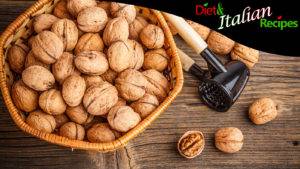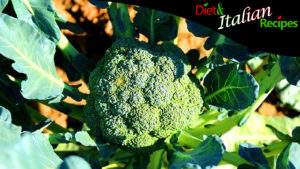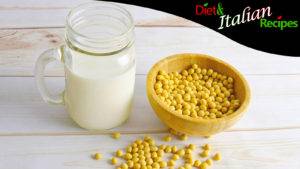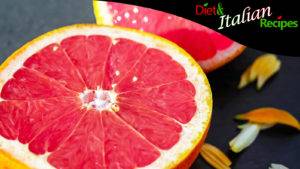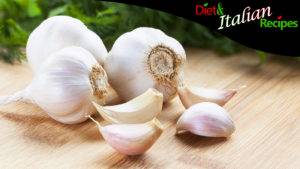The nutritional properties of apples, including their calories and nutritional values, make them a symbol of health, and it’s easy to see why the saying “an apple a day keeps the doctor away” exists. In general, apples contribute to maintaining good health and are even a great ally against cancer. Let’s discover the benefits of consuming apples daily, from their calorie content to their nutritional values, and learn about the vitamins and minerals they contain. We could talk endlessly about how good apples are for us, as they have no undesirable effects, except for a small detail regarding pectin. Let’s explore all the nutritional properties of apples, including their calorie content and nutritional values.
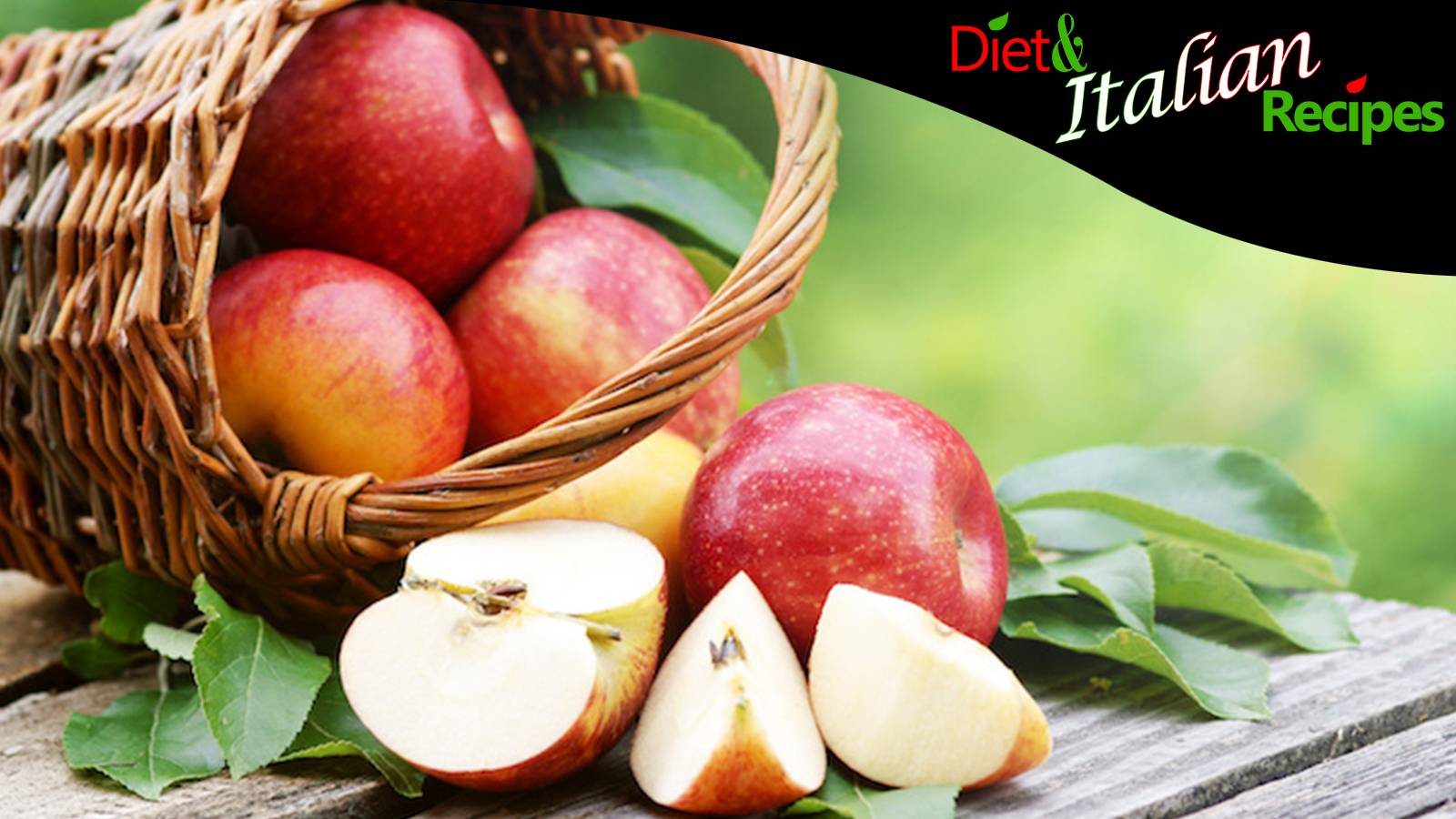
The Apple
The apple is the fruit of the apple tree, also known by its botanical name, Malus communis. There are different varieties of apples, each with unique characteristics. Among these, we can distinguish the ripening season, the color of the skin (red, green, yellow), the texture of the flesh (crisp or mealy), the taste (sweet, sour, tangy, flavored or scented), and the geographic origin.
The average weight of an apple is 240 grams, and a medium-sized apple provides 125 calories (kcal). Consider that a medium portion of apples consists of one or two fruits weighing between 200-250 grams per day, and we can eat them both raw and cooked to benefit from their nutritional and health properties. Let’s discover what these properties are.
Nutritional Values of Apples
Nutritional values per 100g of apple:
- 52 kcal of energy
- 85.56 g of water
- 13.81 g of carbohydrates, including 10.39 g of simple sugars
- 2.4 g of fiber
- 0.17 g of fat
- 0.26 g of protein
- Vitamins (in descending order of concentration %): Ascorbic acid (Vitamin C) 6%; Pyridoxine (Vitamin B6) 3%; Riboflavin (Vitamin B2), Vitamin K 2%; Vitamins B1, B3, B5, E, Folic acid.
- Minerals (in descending order of concentration %): Potassium, Manganese, Phosphorus 2%; Calcium, Iron, Magnesium 1%.
Energy is mainly provided by carbohydrates (mostly simple carbohydrates: fructose; low biological value peptides). As we can see, the apple is 85% water, followed by mostly simple carbohydrates, specifically fructose, which gives the fruit its classic sweet taste, a decent amount of fiber, and very little fat and protein. The fibers, vitamins, and minerals in apples are essential because all the benefits and properties attributed to them depend on these components.
Nutritional properties of Apples
Apples are a food rich in nutritional properties and health benefits, largely due to the presence of pectin, a soluble fiber, but also thanks to minerals and vitamins. Before we delve into the specific benefits of consuming this sweet fruit daily, it’s important to mention what apples lack, as in fact, they lack something:
- there are no particular contraindications, other than “don’t overdo it” like with everything else;
- it is suitable for a low-calorie diet, as it provides only 0.5 calories per 1 gram;
- it has very few sugars, identified with fructose, which is a simple carbohydrate that doesn’t require insulin to be digested, making it suitable for diabetics;
- it doesn’t contain cholesterol, but rather helps to eliminate it;
- it doesn’t contain gluten or lactose, making it suitable for celiacs and those intolerant to milk.
On the other hand, apples are rich in minerals, particularly potassium, and B-group vitamins, which are good for intestinal and oral mucosa, protect nails and hair, combat fatigue and lack of appetite. They also contain soluble fibers (pectin), which help the body protect itself from external agents, as well as citric and malic acid, which contribute to the well-being of the digestive system by facilitating digestion and regulating intestinal pH.
Benefits of Apples
Apples are a beneficial food for health, and they seem to inspire brilliant ideas (even for Newton):
- they regulate intestinal functions whether eaten raw or cooked, but when consumed raw, they have an antidiarrheal and astringent effect, thanks to the citric acid they contain (also found in lemons, which share this beneficial property).
- it is an ideal fruit for diabetics, as it is sweet and the fructose contained in apples is metabolized without relying on insulin, thus preventing stomach bloating and being suitable for a diabetic diet.
- apples help with weight loss when included in a controlled dietary regime, as they contain very little fat and sugar, have a great satiating power, and are used as a hunger suppressant; eating an apple before a main meal can be helpful for those who tend to snack often and gain weight; if hunger is voracious, it’s recommended to accompany the apple with a glass of water.
- they lower cholesterol thanks to pectin, a soluble fiber that is able to sweep it away.
- they counteract cellular aging, as apples contain polyphenols, substances that can counteract the action of free radicals.
- apples have the great advantage of lowering cholesterol in the blood, safeguarding the well-being of veins and the cardiovascular system, thanks to the pectin they contain.
- they are anticancer, eating an apple a day is truly beneficial in the field of cancer prevention; apples contain flavonoids and vitamin C (ascorbic acid) that can counteract free radicals; in addition, the pectin that ferments in our body produces butyric acid, an essential element present in anticancer drugs.
- apples have diuretic properties and normalize intestinal peristalsis, benefits that are useful for both diarrhea and constipation, as well as flatulence.
Apple pectin is a soluble fiber responsible for many of the apple’s benefits
It is the main responsible for most of the above-mentioned benefits, especially because it is present in large quantities in apples. This polysaccharide has the merit of lowering blood cholesterol levels, controlling appetite, regulating intestinal functionality, and preventing colon cancer. It has been discovered that the fermentation of pectin in the intestine produces fatty acids (butyric acid) capable of preventing cancer, specifically colon cancer.
Since pectin is a water-soluble fiber, it forms a gelatinous mass in the intestine that traps excess lipids and sugars, dangerous waste substances, and sometimes unfortunately also important micronutrients for our body. This is the only reason why we shouldn’t overdo the consumption of apples, one or two a day are enough to ensure all the benefits we have just described.
Pectin is so fundamental that it is extracted, purified, and sold as a supplement for diabetics and anyone who wants to control weight or lower post-meal blood sugar levels. However, some studies show that, for the same weight, eating the fruit is far better than taking apple pectin supplement because of the numerous minerals and vitamins that the consumption of apples provides to the body.
Types of Apples: Characteristics and Origin
Most popular and appreciated types of apples:
- Golden Delicious: it has yellow skin, with some rusty shades, it is crunchy, sweet, aromatic, and the flesh is firm and juicy, sugary, and fragrant. It is the most widespread apple in the world, in Italy we cultivate it in Lombardy.
- Annurca: it has a red wine-colored skin, white flesh, a sweet-sour taste, and is slightly fragrant; cultivated in southern Italian regions, particularly in Campania, and harvested in autumn, the Annurca apple lasts until spring.
- Fuji: it has a bicolored skin from light red to dark red streaked with yellow-green, the flesh is crunchy, juicy and sweet, slightly acidic, and aromatic; it is a bicolored variety that comes from Japan but is also cultivated in Valtellina.
- Granny Smith: the skin is dark green, shiny and glossy, very juicy, crunchy, sweet and slightly acidic, compact and energetic with a slightly tangy taste; a fruit of Australian origin also cultivated in Valtellina with autumn ripening.
- Pink Lady: the skin is pink, the flesh is crunchy and succulent; the taste is sweet, intense, and aromatic.
- Red Delicious: it is a red apple, the color can be more or less intense, the skin is smooth and somewhat waxy, it has a typical calyx shape and the flesh is creamy white, crunchy, sweet, and slightly acidic.
- Renetta: a highly prized variety due to its pronounced aroma and excellent shelf life, when ripe the skin is yellow-green, sometimes rough with dots, the flesh is tender, juicy, and slightly sugary, perfect for making desserts, it ripens in autumn; it is cultivated in Val di Non in Trentino.
- Rosa dei Monti Sibillini: it is small and bicolored, a little flattened, greenish with shades ranging from pink to purple-red, the flesh is slightly acidic and sugary, the scent intense and aromatic; typical of the Marche region, the harvest takes place in October and the fruits can be stored until April when the firm and compact flesh softens.
- Royal Gala: it has red skin, fine flesh is juicy, compact, and crunchy, the taste is sweet and aromatic.
Other popular varieties of apples include: Braeburn apples, Emperor apples, Jonagold apples, Morgenduft apples, Pinova apples, Red Chef apples, Canada Reinette apples, Stayman Winesap apples, and Kanzi apples.
You may be wondering why we haven’t included quince apples. That’s because it’s not really an apple, but rather a quince fruit that can be associated with either apples or pears depending on its shape. However, it is not either of those and belongs to the Rosaceae family. The fruit can only be consumed after cooking.
How to eat and store apples
How to eat apples? It’s a good habit to wash and dry the apple before eating it. Ideally, it’s best to eat raw apples with the skin, but they must be untreated or at least well washed. Apples are ideal for snacking or breakfast rather than at the end of a meal, due to their high satiating power. However, pregnant or breastfeeding women are advised not to eat apples with the skin as a precaution. Alternatively, you can eat baked apples with sugar and butter, but it’s not very healthy. A better option is apple juice jelly or a light apple cake.
Apples are a food that is used for weaning babies. The perfect apple varieties to grate are those that are more floury, such as Gala, Golden, Red Delicious, Fuji, Granny Smith, Stayman Winesap, and Braeburn apples. Children obviously prefer sweeter and less acidic apples.
Oh, did you know that if it ever drips, the apple doesn’t stain clothes? Here’s another reason to eat it.
The tasty and crunchy yet sweet flavor is a detail that even those who are not big fruit lovers can enjoy. After all, apples are pure fresh fruit and should be consumed as soon as possible because the healthy content of water and vitamins decreases gradually over time.
It is recommended to store apples in the fridge at a temperature just above 0°C. You can evaluate the freshness of the apple from its skin: if it’s shiny and tight, protecting a compact pulp, it means it’s a well-preserved and fresh apple; if it has a wrinkled skin, it means it’s no longer as fresh and healthy.
SHARE the Properties of the Apple with calorie and nutritional values of the fruit.
The information provided in the Diet and Italian Recipes articles is for INFORMATION ONLY and does not intend to replace the opinion of professional figures such as a doctor, nutritionist, or dietitian, whose intervention is necessary for the prescription and composition of personalized dietary therapies.
